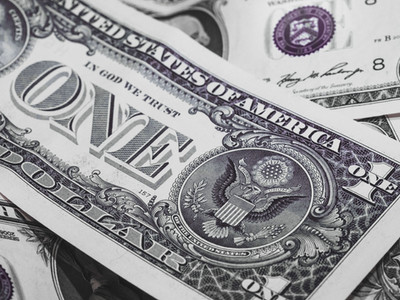Where do Unemployment Benefits Come From?
- graceylk
- Jul 11, 2019
- 1 min read
It’s a common belief that unemployment benefits are paid directly to the Claimant, the former employee making the claim to receive unemployment benefits, by the former employer. However, the unemployment benefits a Claimant receives is actually paid out by the United States Department of Labor, not the former employer. The Department uses tax money, paid by employers, to pay eligible Claimants the unemployment benefits while they search for a new job to pursue.
Employers pay a tax for Unemployment Insurance to the state and federal government. These insurance rates vary, like car insurance, based on the employer’s history. Employers will pay a higher insurance rate depending on how many employee unemployment claims the Department of Labor has to pay out.
The taxes paid for the Unemployment Insurance is put into three different categories and is overseen by the Department of Labor, who enforces the labor laws that are in place within the United States.
The three Unemployment Insurance Categories are the state programs, the extended benefits program, and the loan fund. The state program is the regular unemployment benefits program, which may vary state to state. The extended benefits program is available to people who have used the regular amount of unemployment benefits through the state program. Through the extended benefits program, a person who is unemployed may be granted up to an additional 13 weeks of unemployment benefits when the state is experiencing high amounts of unemployment. States who are experiencing higher than usual rates of unemployment can borrow money from the loan fund, but the state is responsible for paying back the borrowed amount.
Contact Ruppert Manes Narahari LLC for a free consult today!



Comments